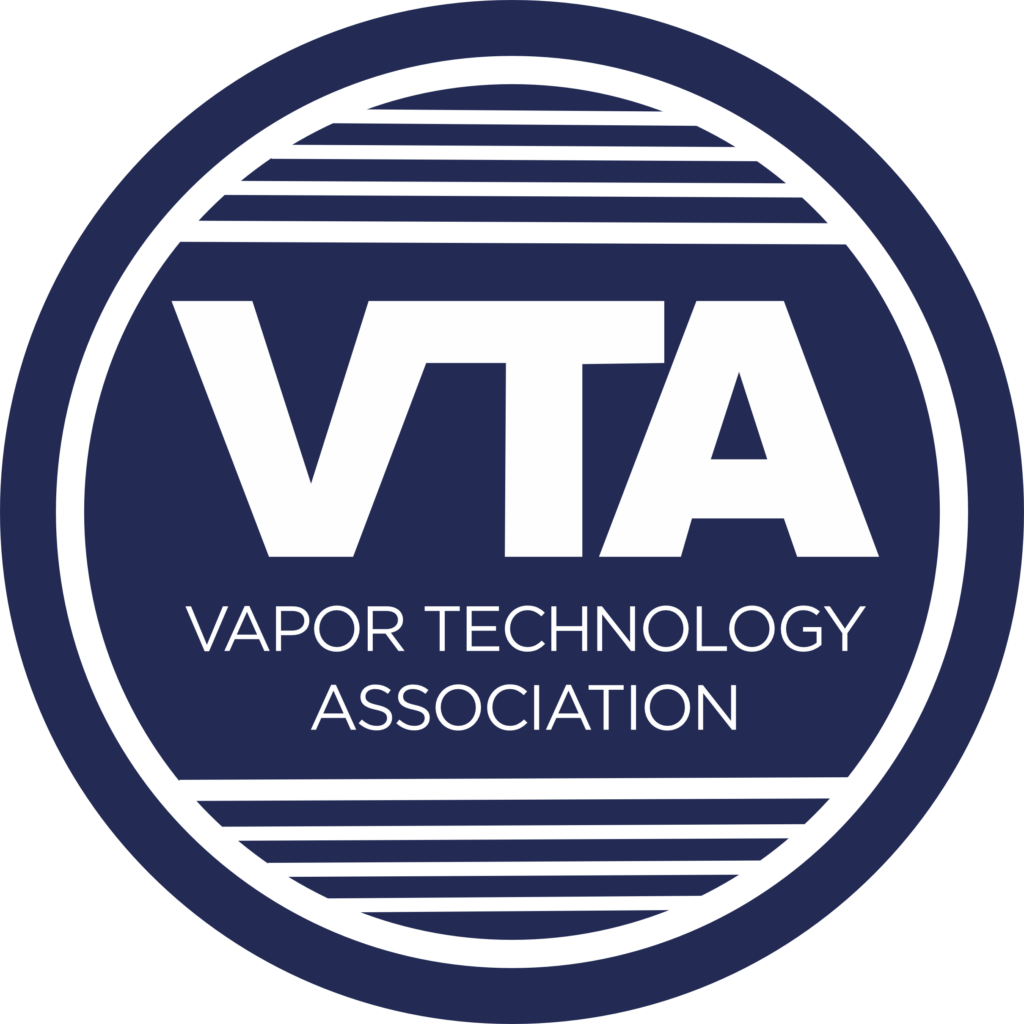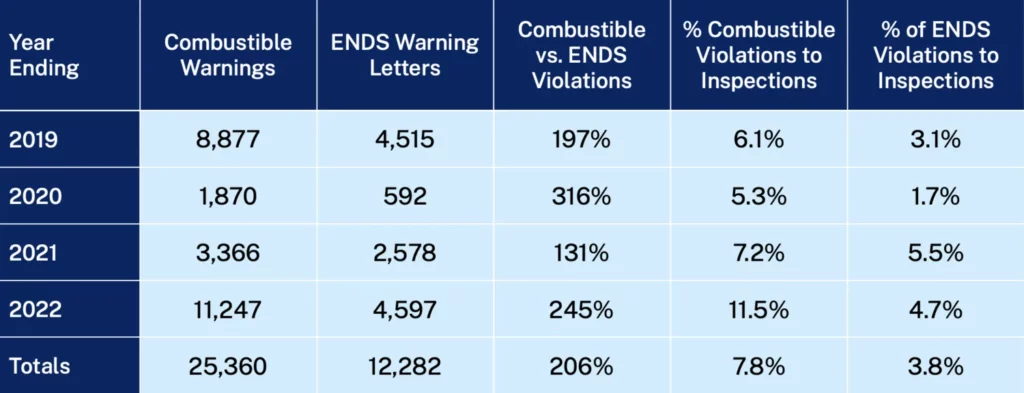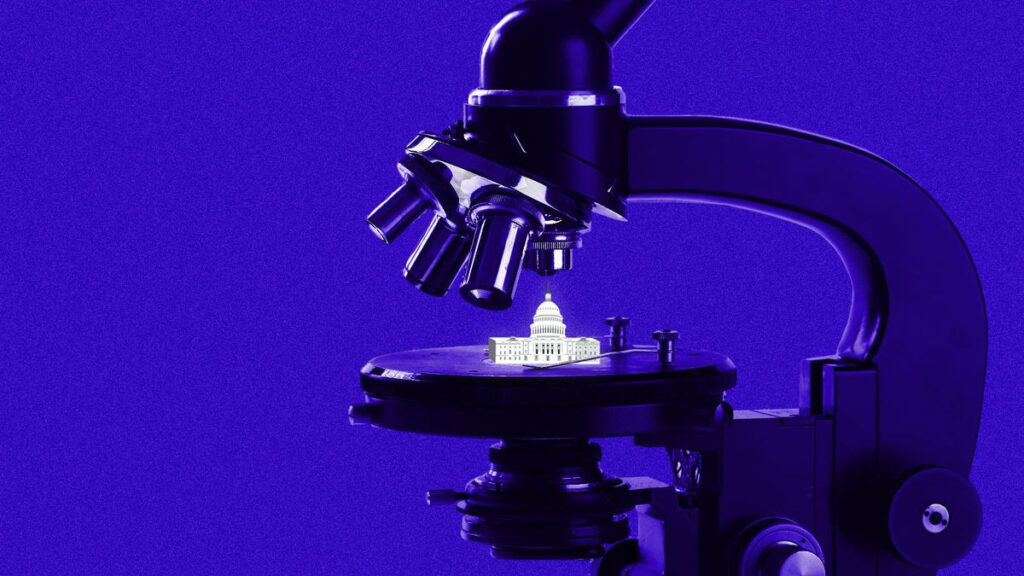Leading Vape Trade Association Raises Concerns Over Continued Political Interference at the Center for Tobacco Policy

WASHINGTON, FEBRUARY 24, 2023 – Following the FDA’s response to the
Reagan-Udall Foundation’s critical report, Vapor Technology Association Executive Director Tony Abboud released the following statement:
“The FDA’s response to the Reagan-Udall Report highlights deep, structural problems with the CTP leadership and its operations. The agency’s response does not give any confidence that the biggest problem – the ongoing interference in the scientific process by political officials will ultimately be addressed – particularly since CTP continued this practice after the Reagan-Udall Foundation report was issued.”
“Tellingly, CTP has acknowledged that it operates with no long-term strategic plan yet at the same time turns around and asks for more money both in the form taxpayer funded appropriations as well as $100M in ‘user fees’. Under no circumstances should Congress consider appropriating even more money to an agency bureaucracy that operates with a such a concerning lack of transparency and without a long-term strategic plan in place.”
“To be clear, the request for user fee funding would require passage of a new federal excise tax that ultimately will be passed on to consumers in violation of President Biden’s pledge of no new taxes. According to the FDA, every single manufacturer is selling illegal products (because FDA has only authorized a handful of e-cigarettes). Yet, FDA has no concern about government imposing and collecting new taxes on illegal products to fund their bureaucracy.”
“Unfortunately, CTP currently operates with a de facto policy that denies market approval to any non-tobacco flavored vaping products. This goes against the preponderance of the scientific evidence, including CTP’s own internal documentation, that concluded flavored vaping products are effective tools to help adult smokers quit. Since 2010, when e-cigarettes became widely available in the US, we have seen adults who smoke drop by a remarkable 62 percent. Flavored e-cigarettes should be a key part of the Administration’s cancer moonshot. Unfortunately, CTP seems determined to drive smokers to the riskiest of all nicotine devices – combustible cigarettes – and, while the devil is in the details, nothing in today’s announcement hinted at any material shift in FDA’s perpetual attack on every nicotine containing product.”
ABOUT VTA
The Vapor Technology Association is the U.S. industry trade association whose members are dedicated to innovating and selling high-quality vapor products that provide adult smokers with a better alternative to combustible cigarettes. VTA represents the industry-leading manufacturers of vapor devices, e-liquids, and flavorings, as well as the distributors and retailers, including hardworking American mom-and-pop brick-and-mortar retail store owners.
MEDIA CONTACT
press@vaportechnology.org














